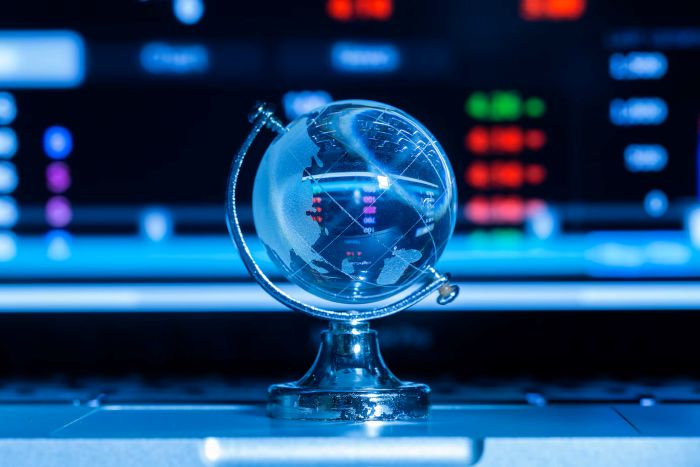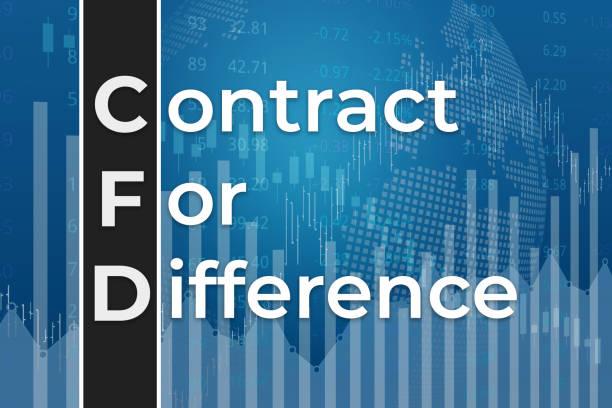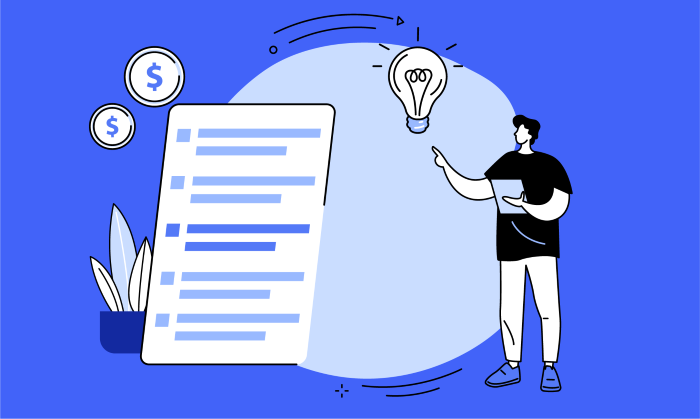In the vast ocean of global finance, Forex exchange transactions stand as a pivotal force, shaping the currents of international trade and investment. The foreign exchange market, or Forex, is where currencies are traded, and it’s the largest and most liquid market in the world. It operates 24 hours a day, five days a week, and its transactions are not just about exchanging money; they’re about leveraging opportunities in a dynamic global economy.
The Power of Technology in Forex Exchange Transactions
Technology has been a game-changer in the world of Forex exchange transactions. It has transformed the way we trade, making it more accessible, efficient, and effective. The advent of advanced trading platforms has revolutionized the way traders interact with the market, providing them with tools that were once reserved for the financial elite. These platforms have democratized Forex trading, allowing individuals and institutions alike to participate in this global market with relative ease.
Trading Platforms: The New Frontier
Trading platforms are the digital gateways to the Forex market. They offer a comprehensive set of tools and features that facilitate the buying and selling of currencies. These platforms have become the backbone of Forex exchange transactions, providing traders with real-time data, charting capabilities, and a plethora of analytical tools. The ease of use and the sophistication of these platforms have made them an indispensable part of the trading landscape.
Enhancing Efficiency with Technology
One of the most significant ways technology has streamlined Forex exchange transactions is by enhancing efficiency. Gone are the days of manual order entry and slow execution. Today’s trading platforms offer instant execution of trades, which means that as soon as a trader enters an order, it is executed at the best available price in the market. This instantaneity reduces the time it takes to complete a transaction, allowing traders to capitalize on fleeting market opportunities.
Access to Real-Time Data
Real-time data is the lifeblood of Forex trading. Traders rely on timely and accurate information to make informed decisions. Technology has made it possible to access real-time data feeds directly from trading platforms. This access to data allows traders to monitor market movements and react quickly to changes, which is crucial in a market as volatile as Forex.
Automation and Algorithmic Trading
The integration of automation and algorithmic trading into Forex exchange transactions has been a significant development. Traders can now set up algorithms that execute trades based on predefined criteria, without the need for constant manual intervention. This not only saves time but also reduces the potential for human error, leading to more consistent and reliable trading outcomes.
Risk Management Tools
Risk management is a critical aspect of Forex trading, and technology has played a crucial role in providing tools to help traders manage their risks effectively. Trading platforms offer a range of risk management tools, such as stop-loss orders, which automatically close a position if it reaches a certain loss level, and take-profit orders, which lock in profits when a trade reaches a predetermined level. These tools help traders protect their capital and maximize their profits.
The Role of AI and Machine Learning
Artificial intelligence (AI) and machine learning are the latest frontiers in Forex exchange transactions (In Arabic, it is called “تداول الفوركس“). These technologies are being used to analyze vast amounts of data and predict market trends with a high degree of accuracy. AI-driven trading systems can identify patterns and make decisions at a speed and scale that would be impossible for human traders. This is transforming the way traders approach the market, providing them with a competitive edge in the fast-paced world of Forex.
The Social Trading Revolution
Social trading platforms have also emerged as a significant part of Forex exchange transactions. These platforms allow traders to follow and copy the trades of successful traders, providing a community-driven approach to trading. This not only democratizes trading but also fosters a learning environment where traders can learn from the strategies and decisions of others.
Mobile Trading and Accessibility
The rise of mobile trading has made Forex exchange transactions more accessible than ever. Traders can now access their trading platforms from their smartphones or tablets, allowing them to trade on the go. This mobility has removed the need for a physical presence in a trading pit or office, enabling traders to make decisions and execute trades from anywhere in the world.
The Future of Forex Exchange Transactions
As technology continues to evolve, so too will the role it plays in Forex exchange transactions. We can expect to see further advancements in AI, machine learning, and data analytics that will continue to streamline and enhance the trading experience. The future of Forex trading is likely to be more automated, more efficient, and more accessible than ever before.
In conclusion, technology has been and will continue to be a driving force in the world of Forex exchange transactions. Trading platforms (In Arabic, it is called “منصة تداول“) have become the central hub for traders, providing them with the tools and data they need to navigate the complex world of currency trading. As we look to the future, the integration of new technologies will only serve to further streamline Forex exchange transactions, making them more efficient and accessible for all.




